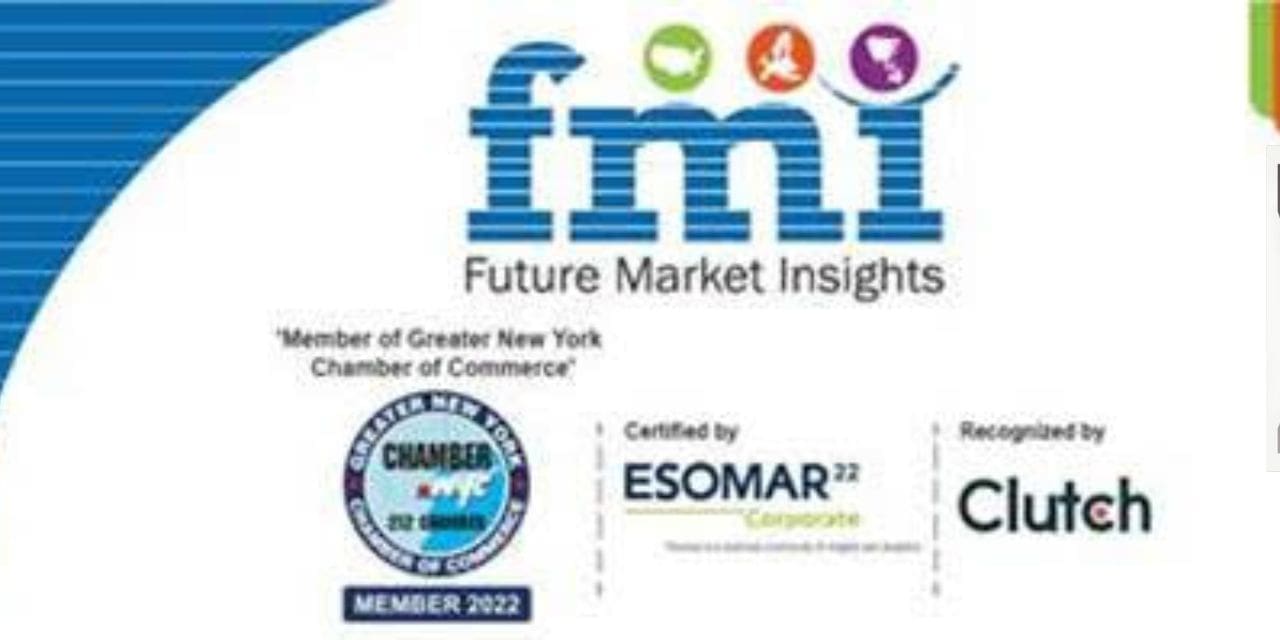The global Textile Colors Market was valued at US$ 5.8 Bn in 2021 and is expected to reach a valuation of US$ 11.1 Bn by 2032, expanding at a CAGR of 6.2% between 2022 and 2032. According to Future Market Insights, market research and competitive intelligence provider, Global consumption of Textile Colors experienced significant growth over a five- to six-percentage-point increase in the last five years. Textile Colors are dyes that are used to produce various textiles such as fabrics, yarns, and fibres. This specific dye may be found as a liquid solution, dry powder, or solid chunk.
The dye may be produced as semi-continuous, continuous, or batch processes. Textile Colors are commonly employed in various industries, including creating materials to arrange garments and loose fibres through yarn.
One of the principal factors driving the growth of the Textile Colors market is increasing innovation in the Textile Colors sector. Furthermore, demand for vibrant fabrics and fibres, significant R&D expenditures in plant-based dyes, increased demand for Textile Colors in the Asia-Pacific region, and lower costs in production are likely to drive this sector forward.
However, over-capacity in the marketplace for Textile Colors and fluctuations in the prices of raw materials restrict the market of Textile Colors, while, stringent environmental regulations and leftover by-products of the production process are non-biodegradable that significantly hinder market expansion.
Key Takeaways from Market Study
- Textile Colors Market was valued at US$ 5.8 Bn in 2021. According to Future Market Insights, Textile Colors market revenue would increase 1.8X between 2022 and 2032, reaching roughly US$ 11.1 Bn in 2032.
- In terms of Dye Type, the Direct Dye is projected to account for the highest projected CAGR of over 6.5%.
- In terms of Fiber Types of Textile Colors, revenue through the Polyester category is expected to be the highest. Revenue growth through this category is projected to witness a CAGR of 4.5% during the historical period.
- US remains the dominant region in the Textile Colors Market with an absolute dollar growth opportunity of over US$ 1.8 Bn.
Winning Strategy
Water is used extensively in the dyeing and bleaching of textiles. As the water level drops with each passing day, developing dying processes and methods that use less water is becoming increasingly important. The need for organically derived eco-friendly dyes is expected to increase in the near future. This is due to the fact that consumer awareness has risen. Producers are also making it a point to supply less harmful products as part of their corporate social responsibility.
Competitive Environment
Leading textile Colors manufacturers use a variety of expansion tactics, ranging from new product releases to full or partial mergers and acquisitions, partnerships, and capacity expansion.
Dow, BASF SE, Huntsman International LLC., Evonik Industries AG, Ineos Group AG, LANXESS, SABIC, Exxon Mobil Corporation, Kronos Incorporated., Kiri Industries Ltd, Archroma, ALLIED INDUSTRIAL CORP., LTD, Organic Dyes and Pigments, Sumitomo Chemical Co., Ltd., Dayglo Color Corporation, Anand International, SAMCO, and VASU CHEMICALS LLP are some of the key players operational in the Textile Colors market.
Some of the recent developments of key Textile Colors providers are as follows:
- In June 2021, Archroma’s Polyester Library introduced the Color Atlas in with 1,440 hues for sportswear, athleisure, swimwear, children’s clothes, shoes, fashion, and home textiles. The atlas enables experts to rapidly create the palettes they want.
- In July 2020, Sun Chemical purchased the ink business of Sensient Technologies Corporation, thus expanding the former’s product portfolio for textile and dye sublimation printing.

